How to Relieve Engorgement: Tips for Comfort & Relief for Breastfeeding Moms
Jan 05, 2025Breastfeeding is a beautiful bonding experience, but let’s be real—engorgement hurts. If your breasts feel rock-hard, swollen, and uncomfortable, you’re not alone. Engorgement is common, especially in the early weeks of breastfeeding, but the good news? You don’t have to suffer through it.
Let’s dive into what engorgement is, why it happens, and the best ways to relieve it—so you can focus on nourishing your baby and feeling more comfortable in your own body.
What is engorgement?
Engorgement happens when your breasts become overly full of milk. This usually occurs in the first few days or weeks postpartum when your body is still figuring out how much milk to make. The result? Swollen, tight, and often painful breasts.
If left unmanaged, engorgement can lead to clogged ducts or even mastitis (a painful breast infection), so it’s important to stay ahead of it.
Common signs of engorgement:
✅ Breasts feel overly full, heavy, and tight
✅ Pain or discomfort when touched
✅ Difficulty latching—your baby struggles to get a good latch
✅ Warm, red, or swollen breasts
✅ Flattened nipples, making latching even harder
Sound familiar? Let’s talk about what actually works to relieve it.
8 Effective Ways to Relieve Engorgement
Here are some proven strategies to help ease the discomfort of engorgement and support your breastfeeding journey:
1. Nurse or Pump Frequently 🍼
Milk needs to move! The best way to relieve engorgement is to remove milk often—whether through breastfeeding or pumping. Aim to nurse every 2-3 hours (or whenever your baby shows hunger cues).
➡ Tip: Let your baby nurse on one side until the breast softens before switching to the other.
➡ If your baby isn’t nursing enough, pump or hand express just enough milk to ease the pressure without overstimulating milk production.
2. Use Cold Compresses Between Feedings ❄️
Cold therapy reduces swelling and relieves pain.
➡ Tip: Use an ice pack or chilled cabbage leaves (yes, really!) wrapped in a cloth for 10-15 minutes after feeding.
Cabbage leaves contain anti-inflammatory properties that can help ease swelling. Just don’t leave them on for too long—20 minutes max.
3. Gentle Breast Massage 🤲
Massaging your breasts before or during a feeding can help loosen blockages and improve milk flow.
➡ Tip: Start at the top of your breast and use gentle circular motions, working toward the nipple.
Avoid pressing too hard, as this can cause more discomfort or even bruising.
4. Ensure a Deep Latch 👶
A poor latch makes engorgement worse because your baby can’t effectively empty the breast.
➡ Tip: Make sure your baby’s mouth covers both the nipple and areola, not just the tip.
If latching is painful or your baby struggles, reach out to a lactation consultant—they can help you adjust positioning and ensure a good latch.
5. Try a Warm Shower Before Feeding 🚿
While cold therapy helps reduce swelling, warmth encourages milk flow.
➡ Tip: Stand under warm water or apply a warm compress before feeding or pumping.
You can also gently massage your breasts in the shower to help release trapped milk.
6. Wear a Comfortable, Supportive Bra 👙
Too-tight bras can worsen engorgement by restricting milk flow.
➡ Tip: Choose a soft, non-restrictive nursing bra and avoid underwires during the early postpartum weeks.
7. Take Pain Relief If Needed 💊
If the discomfort is too much, over-the-counter pain relievers like ibuprofen or acetaminophen can help with pain and inflammation.
➡ Tip: Always check with your doctor before taking medication while breastfeeding.
8. Know When to Seek Help 🚨
Sometimes, engorgement needs more than home remedies. Call your doctor or lactation consultant if you experience:
❌ A fever over 100.4°F (a sign of infection)
❌ Persistent pain or swelling that doesn’t improve
❌ Hard lumps that won’t go away after feeding or pumping
❌ Flu-like symptoms (could indicate mastitis)
Engorgement is a common (but temporary!) challenge in early breastfeeding. With frequent milk removal, proper latch techniques, and simple relief strategies, you can ease the discomfort and keep your milk flowing.
And mama—if you’re feeling overwhelmed with breastfeeding, you don’t have to figure it out alone. Inside The Postpartum Shift, you’ll get expert guidance, meal plans, and a supportive community to help you feel your best while nourishing your baby.
➡ Join us here and get the support you need to thrive. 💖
📌 Disclaimer: This post is for informational purposes only and is not a substitute for medical advice. Always consult with a healthcare professional about your specific health concerns.







